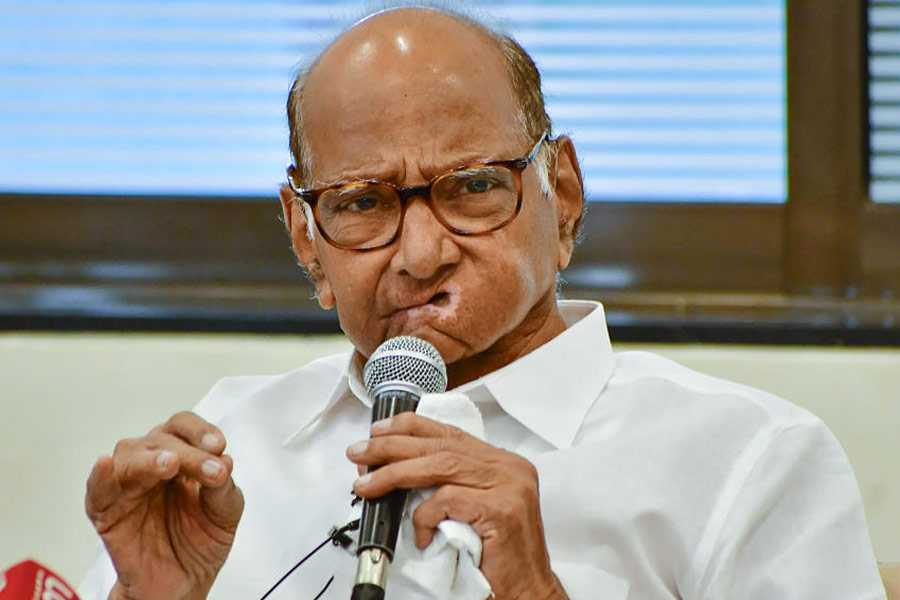The Naga peace talks between the Government of India and the National Socialist Council of Nagalim (IM) have reached a stalemate. One of the reasons for the logjam is the tussle over a separate flag for Nagaland. In the Naga narrative, the Naga flag was not designed by a mortal; it is a divine ensign. The flag has a blue background representing the sky, and red, yellow and green rainbow arches across the centre. The Star of Bethlehem adorns the top left corner of the flag as Nagas are predominantly Christian.
Clamour for subnational flags is not new in India. On Karnataka Rajyotsava — Karnataka Formation Day — the chief minister hoists the bicoloured ‘Kannada flag’ alongside the national flag. The red-and-yellow flag has been the de facto state flag, used across Karnataka while celebrating its language and culture. In 2009, the then government under B.S. Yediyurappa removed restrictions on hoisting the flag on government buildings. Three years later, another chief minister, Sadananda Gowda, made it compulsory for state government offices and educational institutions to hoist the Karnataka flag on Karnataka Rajyotsava.
Jammu and Kashmir had its own state flag between 1952 and 2019, under the special status accorded to the region by Article 370 of the Constitution. This red-and-white state flag with a representation of a plough and the three constituent regions of the former state — it has its roots in the struggle that took place in Srinagar on July 13, 1931 — lost its official sanctity after the abolition of Article 370 in August, 2019.
Flags have high emotional value. The Confederate flag in the United States of America is a textbook example of vexillological sensibilities. The flag represents the Confederate States, created in 1861 when 11 states seceded from the US. This flag has been a powerful symbol in reinterpreting the American Civil War. The state flag of Georgia, where the opposition to the emancipation was fierce, had incorporated the Confederate flag. Many white Southerners used to defend their allegiance to the Confederate flag. Meanwhile, for Afro-American people, the flag was a symbol of their dehumanization. The same Confederate flag, thus, became the object of two contradictory emotions. Incidentally, the Berbers, Tibetans, Kurds and the Palestinian people have their own flags even though they don’t have a nation state.
The Emblems and Names (Prevention of Improper Use) Act, 1950, the Names (Prevention of Improper Use) Act, 1950 or the Prevention of Insults to National Honour Act, 1971 do not prevent individual states from adopting distinctive flags in India and even in the S.R. Bommai case (1994), the Supreme Court had opined that there is no prohibition in the Constitution for a state to have its own flag.
The opponents of subnational flags argue that such flags run against national unity and integration. But on closer examination, one can see that nationalism and subnationalism complement each other in the same hierarchy of loyalties. State flags would reflect linguistic and ethnic-based subnations in India. Our quasi-federalism is inclined towards accommodating such subnational aspirations. In How Solidarity Works for Welfare: Subnationalism and Social Development in India, Prerna Singh countered the negative angle of subnational politics to show how subnationalism within India has often worked to promote, rather than hinder, social development and the provision of welfarism. Singh’s novel point of departure situates subnationalism as the “subnational solidarity” that emerges from a sense of shared identity, leading to improved social outcomes rather than deep religious and ethnic divisions. Singh theorized subnationalism as a concept that ‘identifies with or aspires to be a self-governing homeland located within the boundaries of a sovereign country’. Singh approaches the ‘Kerala Model’ of development as a successful case of using subnationalism as a bridge that connects social divisions in order to achieve high social development indicators.
Hence, the privilege of having a state flag reflecting each state’s unique culture and history may be granted to all Indian states. The stubbornness over the Naga flag should not be allowed to hinder the peace talks. Let a legion of flags fly high with the nation.
(Faisal C.K. is Under- Secretary (Law) to Government of Kerala)










